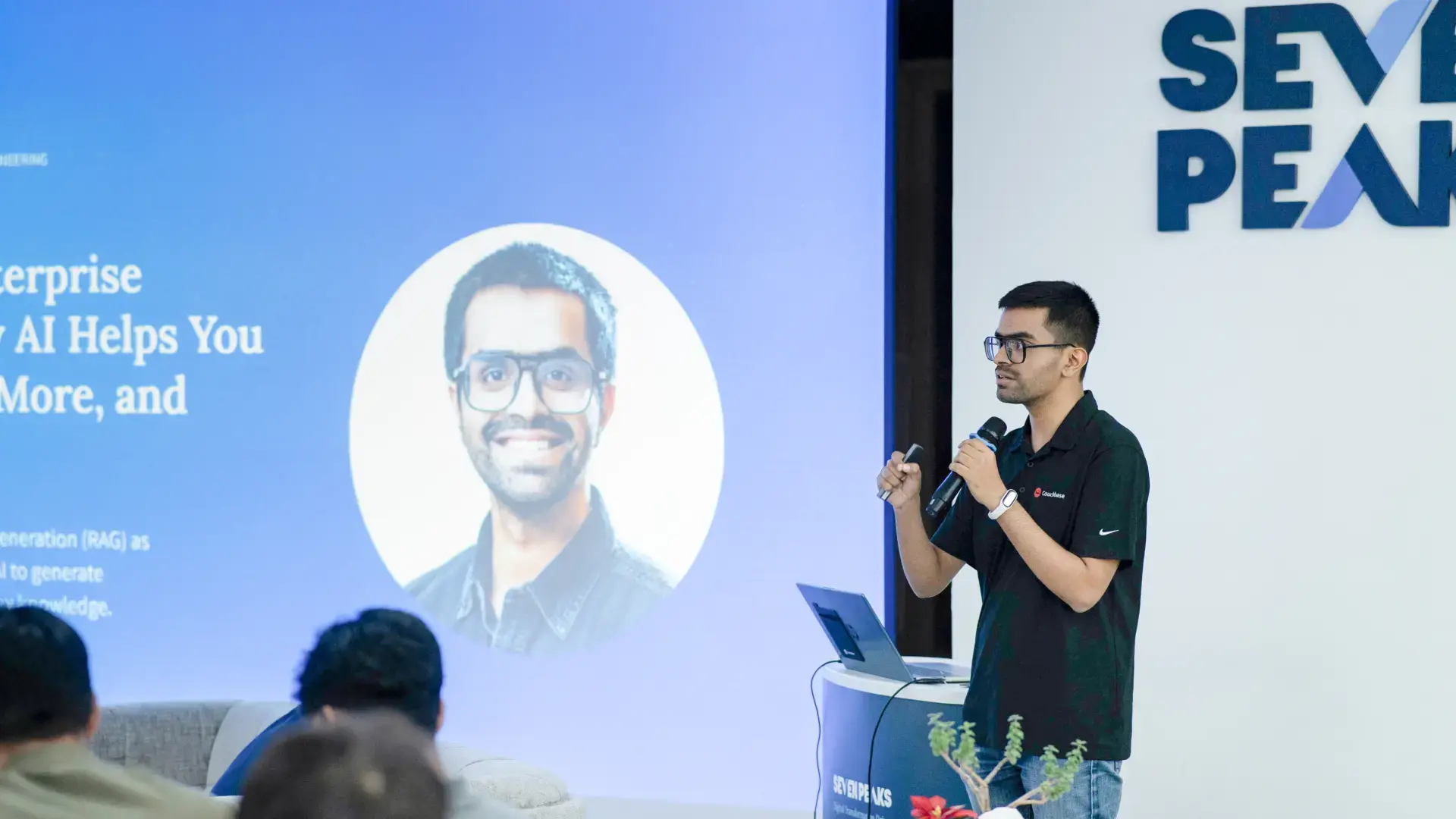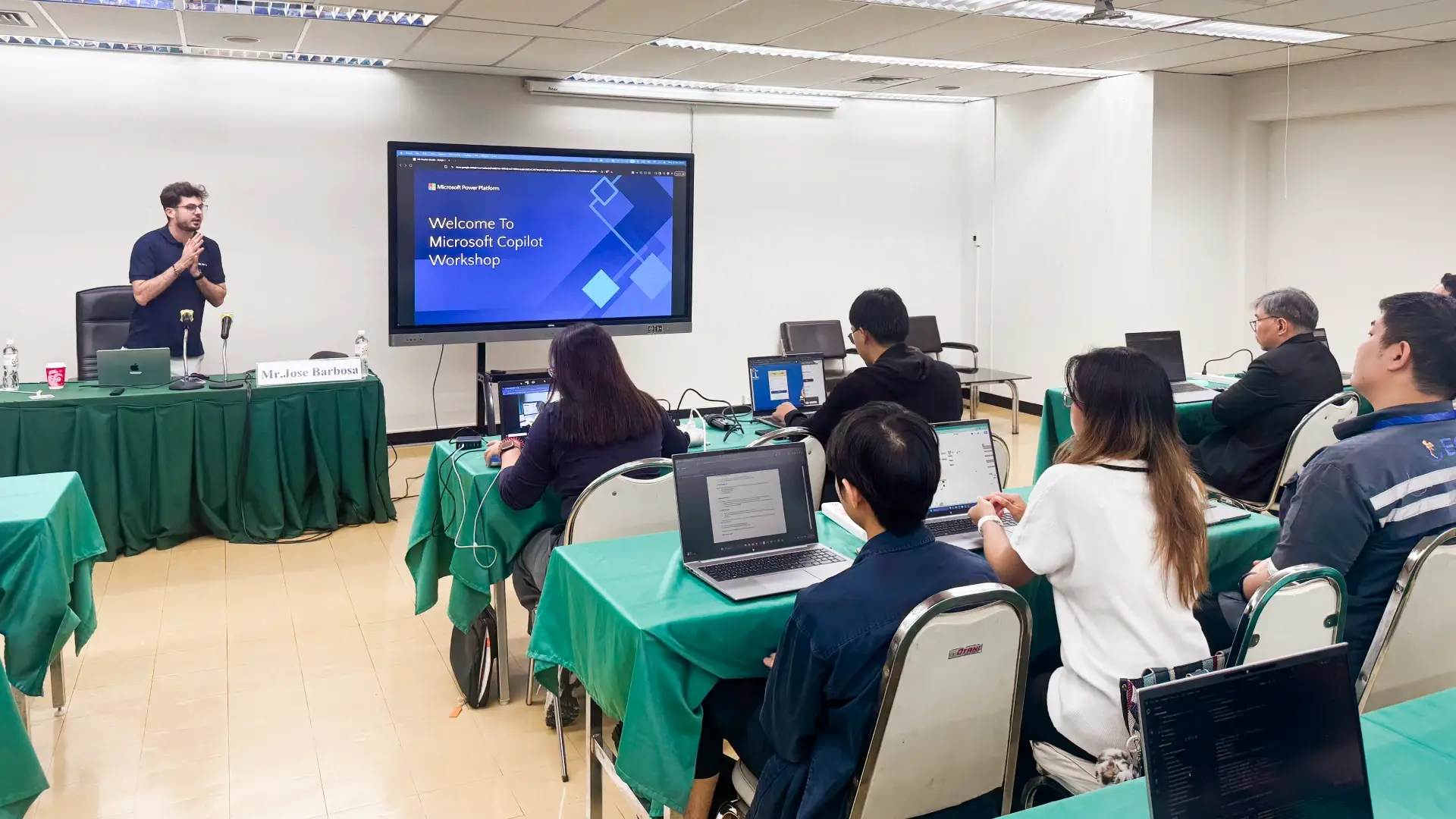Product Design Discovery
Unlock your market potential and boost business growth with our UX design discovery services.
Our design process
Discovery workshops
Defining your users, their needs, and the solutions.
Information Architecture
Organizing features to meet user expectations.
Rapid prototyping
Testing your concept fast to focus on MVP features.
Project estimations
Review features to estimate MVP time and cost.
Discovery and workshops
Conducting research to support requirements and design decisions
Define objectives
Setting clear deliverables based on providing value for customers
Information architecture
Defining user journeys, structuring and sorting content for optimal UX
Wireframing
Turning low fidelity concepts into production ready interface
Prototypes
Interactive website and mobile application demos
Design guidelines
A solid understanding of web, Android and iOS guidelines
User testing
Validate design with real users to gain insight into performance
Developer guidance
Design is peer reviewed by developers for feasibility and efficient handoff
Workshops
Defining your users, their needs and your solutions
Information Architecture
Classify & organize features and content to meet user expectations
Rapid prototyping
Test your concept fast, focus on those MVP features
Estimations
Our developers review features and estimate MVP time & cost
170 +
Projects delivered
120 +
Clients services
25 k +
Project hours
What we do
Processes & Deliverables
Discovery and workshops
Conducting research to support requirements and design decisions.
Define objectives
Setting clear deliverables based on providing value for customers.
Information architecture
Defining user journeys, structuring and sorting content for optimal UX.
User testing
Validate design with real users to gain insight into performance.
Wireframing
Turning low fidelity concepts into production ready interface.
Prototypes
Creating interactive website and mobile application demos.
Design guidelines
A solid understanding of Web, Android, and iOS guidelines.
Developer guidance
Design is peer reviewed by developers for feasibility & handoff.
Discovery and workshops
Conducting research to support requirements and design decisions
Define objectives
Setting clear deliverables based on providing value for customers
Information architecture
Defining user journeys, structuring and sorting content for optimal UX
Wireframing
Turning low fidelity concepts into production ready interface
Prototypes
Interactive website and mobile application demos
Design guidelines
A solid understanding of web, Android and iOS guidelines
User testing
Validate design with real users to gain insight into performance
Developer guidance
Design is peer reviewed by developers for feasibility and efficient handoff
Define your MVP
A Minimum Viable Product (MVP) is a product with just enough valuable features to satisfy early customers, and to provide feedback for future product development.

Start your continuous development.
Get a free discovery session with our designers today.
Our design thinking process
Discover
Our process includes stakeholder interviews, competitive analysis, task analysis workshops, UX audits / questionnaires and surveys.
Define
Our process includes project scoping, define project objectives and statement of work
Develop
Our process includes customer journeys, user flows, sitemaps, low fidelity wireframes and prototypes
Deliver
Our process includes user testing, feedback, iterations, high fidelity wireframes
The four phases of design discovery
1. Discovery
2. Define
3. Develop
4. Deliver
Service complexity = Discovery time needed
Competitor analysis
Benchmark competing services
Understand how other competitors compare to your product. This analysis can help generate new ideas for competitive gains.
We first have to define assessment criteria based on your offerings and use them as a benchmark to make comparisons between you and your competitors. We would benchmark 3 close competitors in your industry sector.
Assessment criteria includes but is not limited to:
Structure/ find-ability
Can we find the content easily and where we are after drilling down into the pages?
Ease of use
How easily is it to navigate around the solution?
Content offering
Does the content tell me what I want/ need to know?
Feature performance
How well do the features in the service work?
Visual design
Is the design appealing? Does it comply with today’s standards?
Customer reviews
What do customers say about the service?
Task analysis workshop
Defining your users, their needs, and your solutions.
We run workshops to discover and define a product's intended functionality and solutions. Mapping user roles and their needs helps us prioritize the design and development part.
Method
- Who are your users?
- What are their needs and goals?
- What is the product solution to those needs and goals?
- Prioritizing features by value to engage customers in areas that are most impactful.
Attendees
Representatives of internal expertise and external end users:
- Stakeholders and management.
- Sales and marketing.
- Design and development.
Deliverables
- 'Workshop day' led by the designers at Seven Peaks Software.
- Task analysis write-up document - outlining users, their needs, and the solution(s).
- Initial sitemaps.
Information architecture
Organize & structure content efficiently
Proper planning prevents poor performance. Before any visuals are created, it’s critical to define the structure and the interaction flow of any digital service.
- Grouping similar content and features makes a product more accessible, user friendly, and efficient to use.
- We create sitemaps to communicate how users would navigate around a product through the visualization hierarchy of screens.
- Defining the steps that the users would take when engaging with a product helps us identify screens and technical requirements early-on in a project.
- We organize user flows to match the user's mental models; how they expect a digital service to behave.

Information architecture
Organize & structure content efficiently. Proper planning prevents poor performance! Before any visuals are created it’s critical to define the structure and interaction flow of any digital service.
- Grouping similar content and features makes a product more accessible, user friendly and efficient to use.
- We create sitemaps to communicate how users would navigate around a product and visualise hierarchy of screens.
- Defining steps users take when engaging with a product helps us identify screens and technical requirements early in a project.
- We organize user flows to match users mental models (how they expect a digital service to behave).
Wireframes & prototypes
Test your concept fast, focus on those MVP features
We bring concepts quickly to life with rapid prototypes and wireframes. Early ideas can be tested for feedback.
- Utilizing sitemaps that were created during the discovery phase.
- Low fidelity wireframes that are built using industry guidelines and best practices.
- Quickly bring ideas to life with clickable Invision prototypes.
- Collect initial feedback from internal stakeholders and users.
- Make swift iterations to designs without distractions from branded visuals and imagery.
Do you have a digital product need?
Start understanding your full potential and target audience with us.
Case Studies
Helping our clients in Asia and around the world develop their digital transformation projects.

Accelerating Drilling Operations and Ensuring Safety Through Next-Generation Design

Increased win rate and improved returns with an AI-Driven Quotation Engine

Building a Cloud-Native Data Monitoring System for 200+ Oil Rigs

Streamlining Prudential Agents’ application, Reducing Completion Time by 75%

Streamlining Complex Airport Operations with a Unified Mobile Platform

Establishing a Single Source of Truth with Customer Master Data Management for a Leading Bank in Thailand
Blog
Discover a treasure of insights, tips, and expert advice on all things software development. Our blog is your go-to resource for staying updated in the ever-evolving world of software engineering.

Reimagining enterprise knowledge to know more, do more, and make quicker decisions

Introduction to Conversational AI & Copilot Studio

What Companies Get Wrong About Their AI Adoption Strategy And How to Fix It
Improve the UX/UI of your product
Start understanding your full potential and audience. Create a successful business with customer-centric design thinking, knowledge, and experience today!